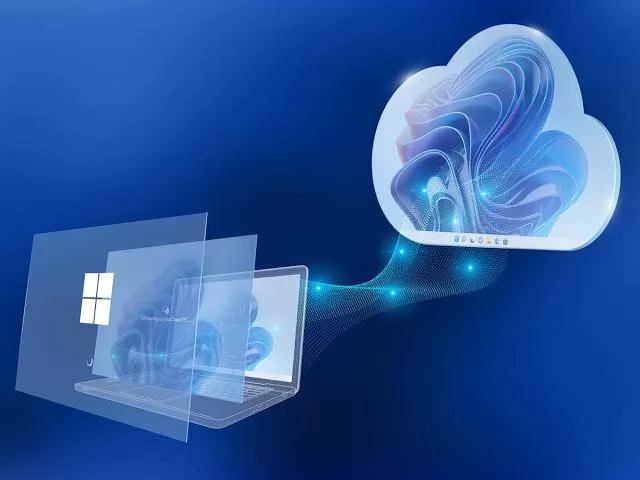In the ever-evolving landscape of technology, Microsoft has once again raised the bar with its innovative approach to computing. The introduction of cloud-based Windows represents a monumental shift in the way we interact with operating systems and applications. In this article, we will delve into the exciting realm of Microsoft’s cloud-based Windows, exploring its implications, advantages, and what it means for the future of computing.

Unveiling Cloud-Based Windows
The Evolution of Windows
Windows: A Legacy of Innovation
Microsoft Windows has been an integral part of computing history, offering a user-friendly interface and a vast ecosystem of software for decades. From the early versions of Windows to the modern Windows 10, Microsoft has continually refined its operating system to meet the changing needs of users.
The Shift to Cloud Computing
As technology advances, so does the demand for more flexibility, accessibility, and scalability. Cloud computing emerged as a solution to these demands, allowing users to access resources and applications over the internet. Microsoft, a pioneer in cloud services with Azure, took a bold step by envisioning a cloud-based Windows.
What Is Cloud-Based Windows?
Cloud-based Windows represents a paradigm shift from traditional operating systems. It allows users to run Windows directly from the cloud, streamlining the computing experience. Instead of relying on the local hardware, your device connects to Microsoft’s data centers, where Windows and applications are hosted.
Key Features of Cloud-Based Windows
- Accessibility: Access your personalized Windows desktop from any device with an internet connection.
- Seamless Updates: Say goodbye to manual updates and installations; cloud-based Windows ensures you’re always running the latest version.
- Resource Efficiency: Older devices can run Windows smoothly, as most of the heavy lifting happens on the cloud servers.
- Enhanced Security: Data is stored securely in Microsoft’s data centers, reducing the risk of local data breaches.
Advantages of Cloud-Based Windows
1. Accessibility Anytime, Anywhere
Whether you’re on a powerful desktop computer or a lightweight tablet, cloud-based Window ensures a consistent and familiar experience. Your desktop, applications, and files are accessible from virtually anywhere, making remote work and collaboration more efficient.
2. Reduced Hardware Dependency
With cloud-based Window, the need for high-end hardware is diminished. Even older devices can provide a smooth Windows experience, as they rely on the cloud’s computing power.
3. Streamlined Updates and Maintenance
No more lengthy update processes or system maintenance. Cloud-based Window handles updates seamlessly in the background, ensuring you’re always up to date with the latest features and security patches.
The Future of Computing
A Glimpse into Tomorrow
Microsoft’s cloud-based Window is more than just an operating system; it’s a window into the future of computing. As technology continues to advance, we can expect:
- Greater Integration: Cloud-based Window will seamlessly integrate with other Microsoft services like Office 365 and Azure, enhancing productivity and collaboration.
- AI-Powered Experiences: Artificial intelligence will play a significant role in tailoring your computing experience, making it more personalized and efficient.
- Expanded App Ecosystem: With cloud-based Window, the possibilities for app development are endless, potentially leading to a surge in innovative applications.
Conclusion
Microsoft’s cloud-based Windows marks a transformative moment in the world of computing. It offers accessibility, efficiency, and security like never before. As we embrace this evolution, we can look forward to a future where computing knows no bounds, and innovation knows no limits.

